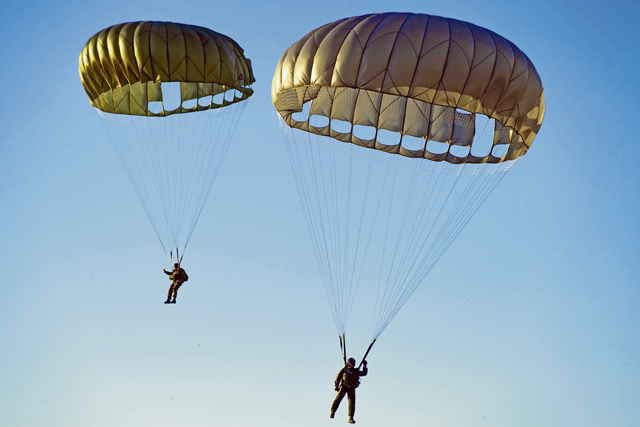
ELEFSINA AIR BASE, Greece — Exercise Stolen Cerberus IX, a multilateral training with the Hellenic air force concluded at Elefsina Air Base, Greece, May 12.
Stolen Cerberus is an annual two-week flying training deployment designed to assess and open airbases and perform initial airfield operations enabling rapid standup of combat operations anywhere in the U.S. European Command area of responsibility.
U.S. Air Force Airmen and three C-130J Super Hercules aircraft assigned to the 37th Airlift Squadron, 86th Airlift Wing, Ramstein Air Base, and personnel assigned to the 435th Air Ground Operations Wing supported the exercise.
“The Airmen that participated in this training are flexible, adaptable, and know that in order to succeed during this training you need to understand the larger implication of the work we are doing,” said Capt. Issac Cathey, 37th Airlift Squadron Stolen Cerberus mission commander.
The bilateral training exercise included low-level defensive flying maneuvers, cargo air-drops, combat offloads for cargo pallets, attempted mid-flight interception simulations and emergency medical evacuations.

The purpose of the training is to strengthen interoperability and airlift capabilities among allied armed forces through realistic joint, air operation scenarios.
“It’s great to see that within the airborne community that, while things are different, we essentially all speak the same language,” said Tech. Sgt. Mark Melchiori, 435th Security Forces Squadron jumpmaster team lead. “We can all understand the process.”
Stolen Cerberus improves overall coordination with Allied and partner militaries assuring the U.S. commitment to increasing the capability, readiness and responsiveness of alliance’s forces.
“We know that as a result of doing this training we increase our ability to defend peace as well as help those in need,” said Cathey.


